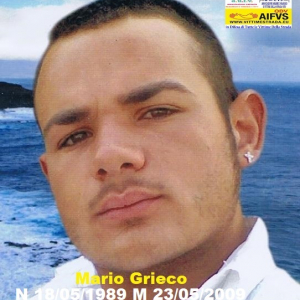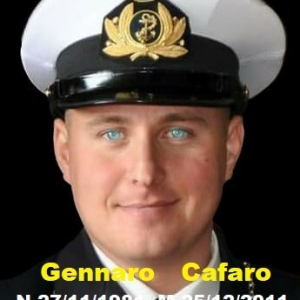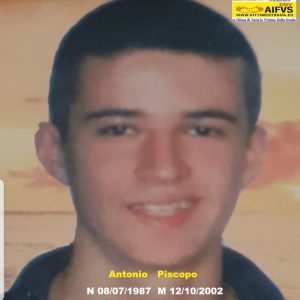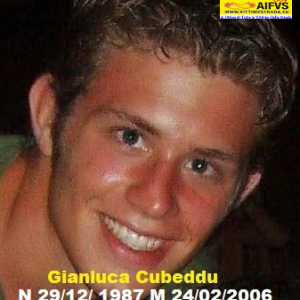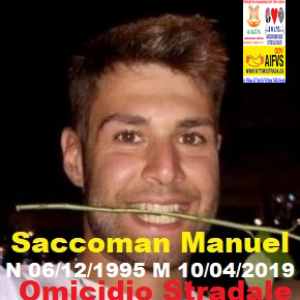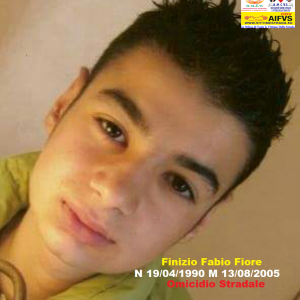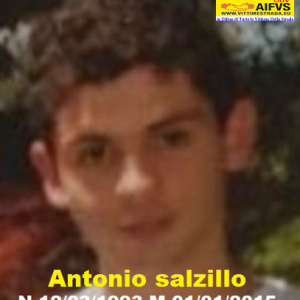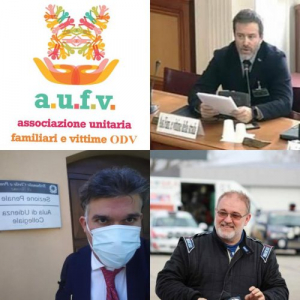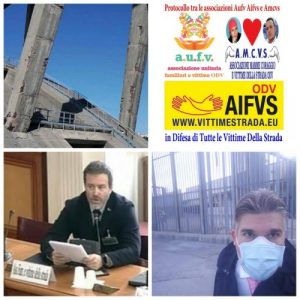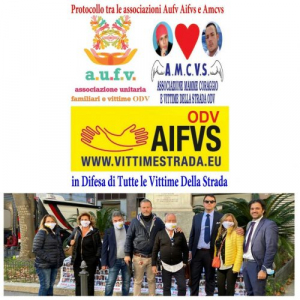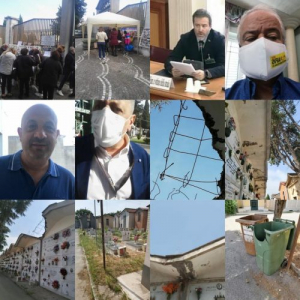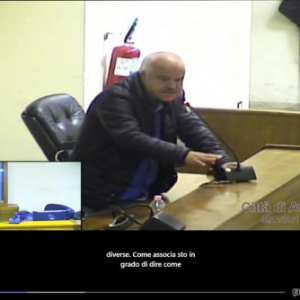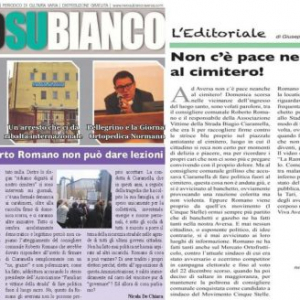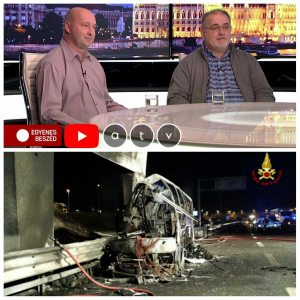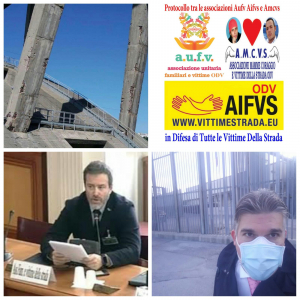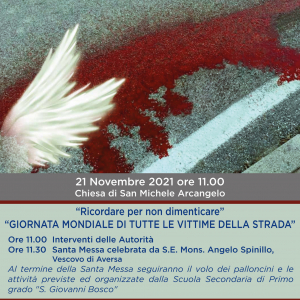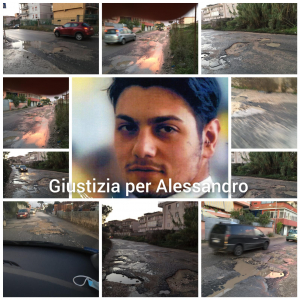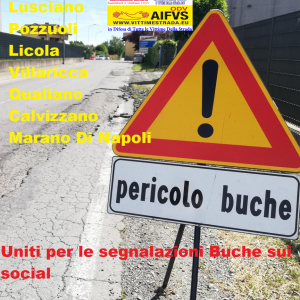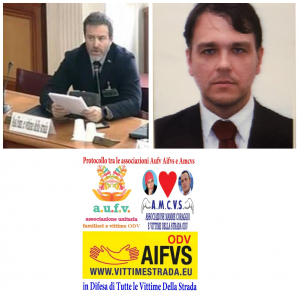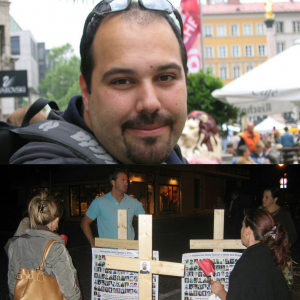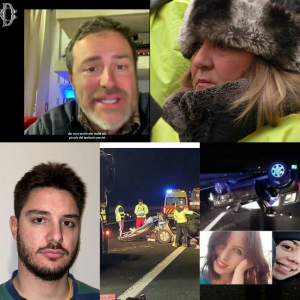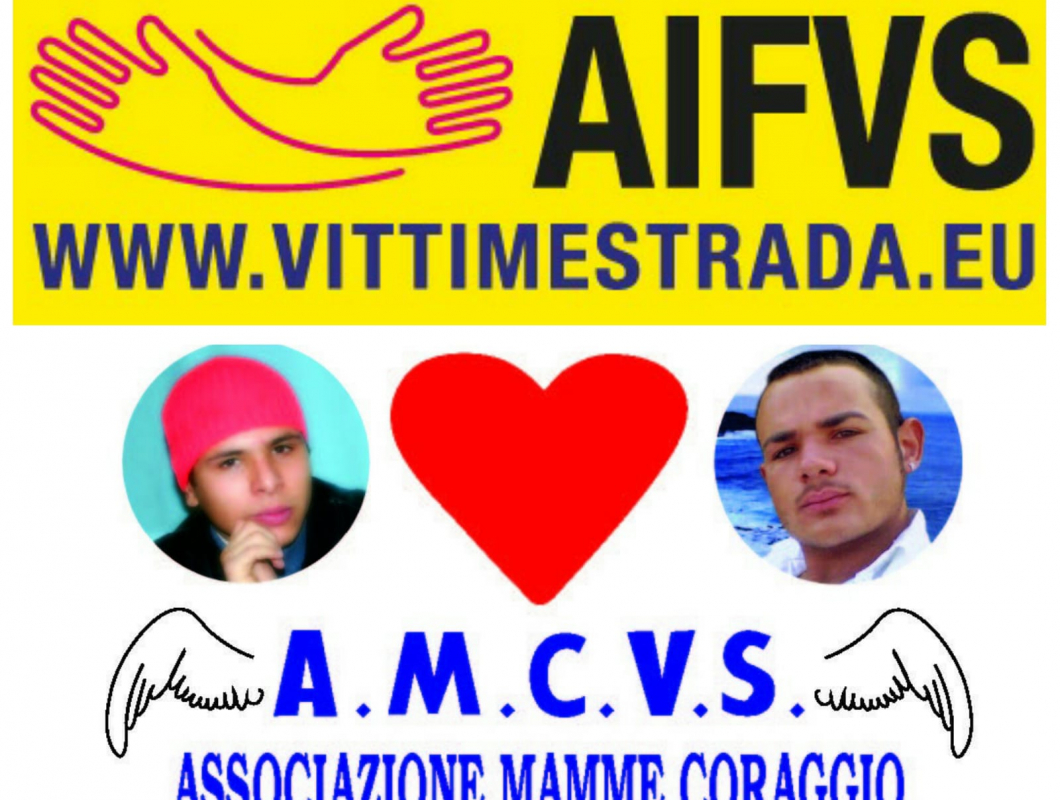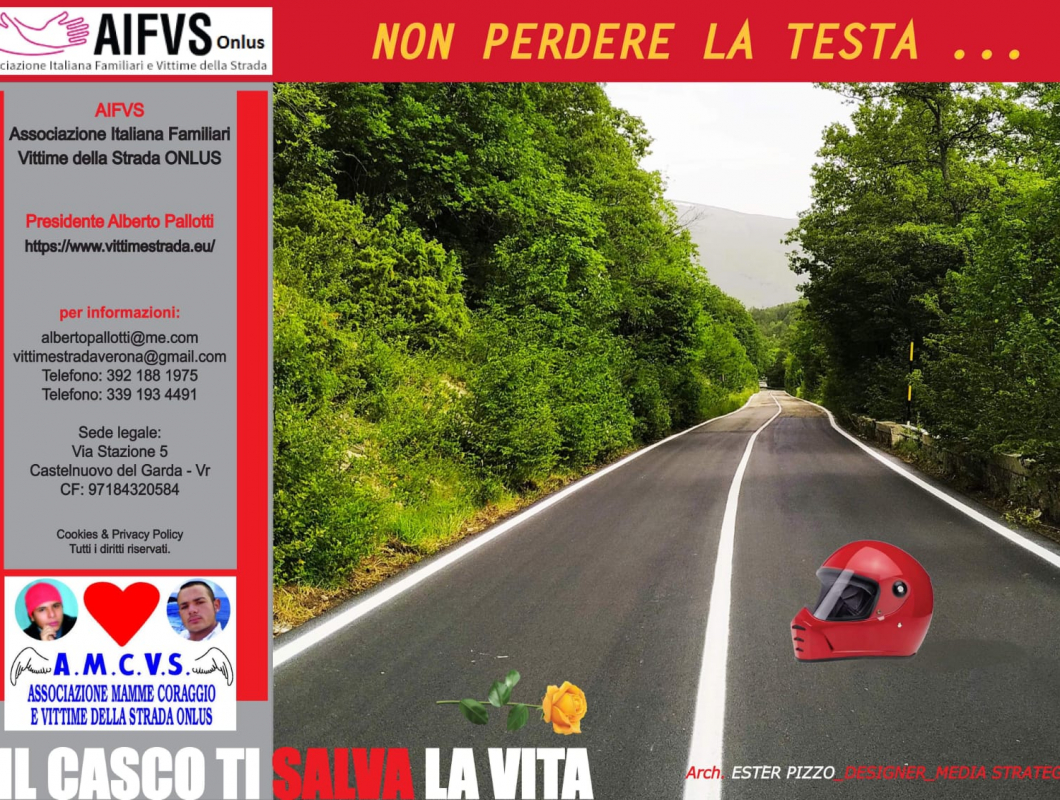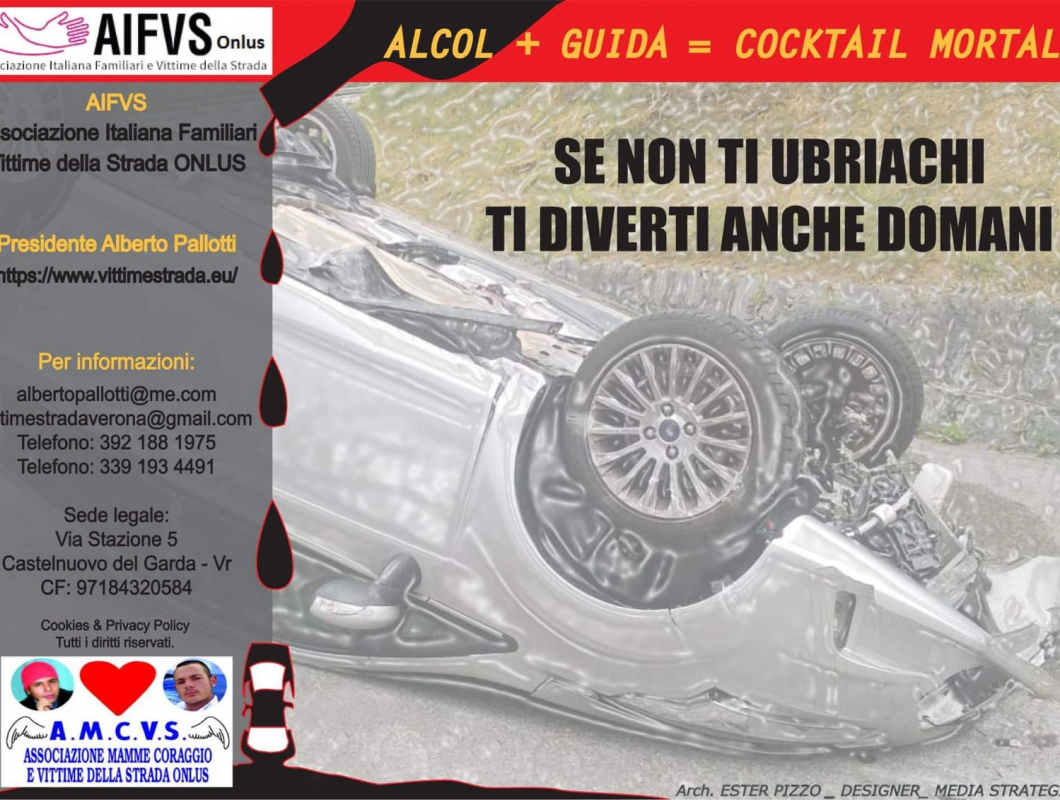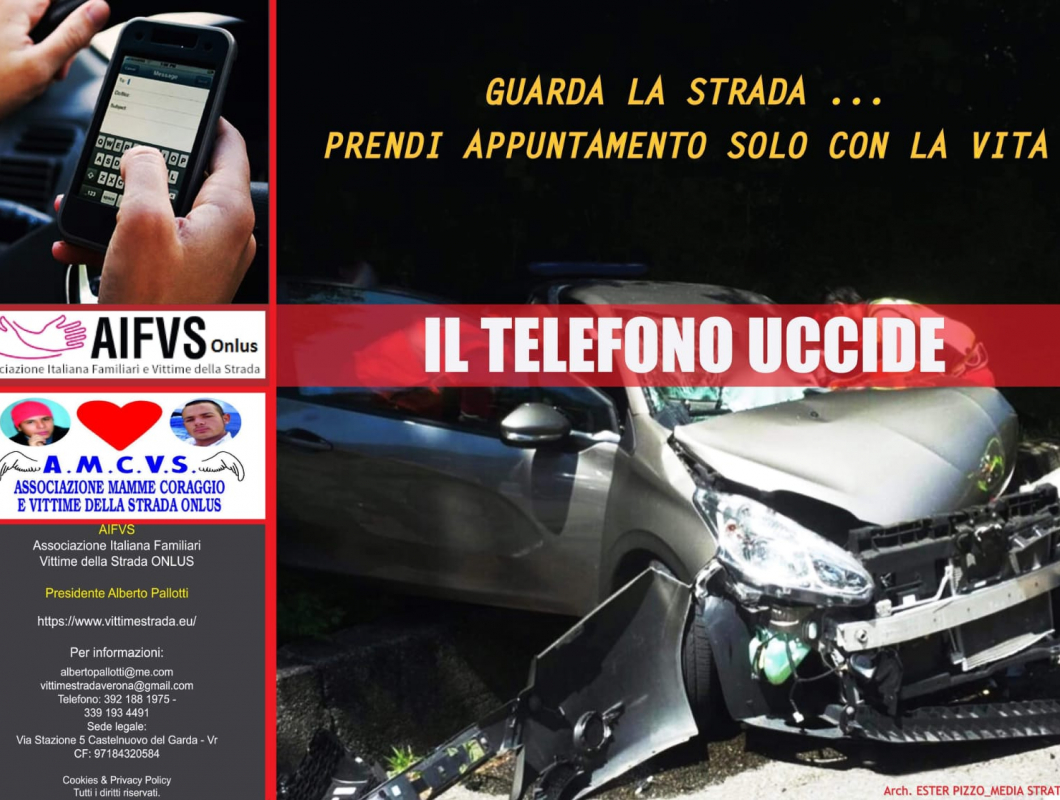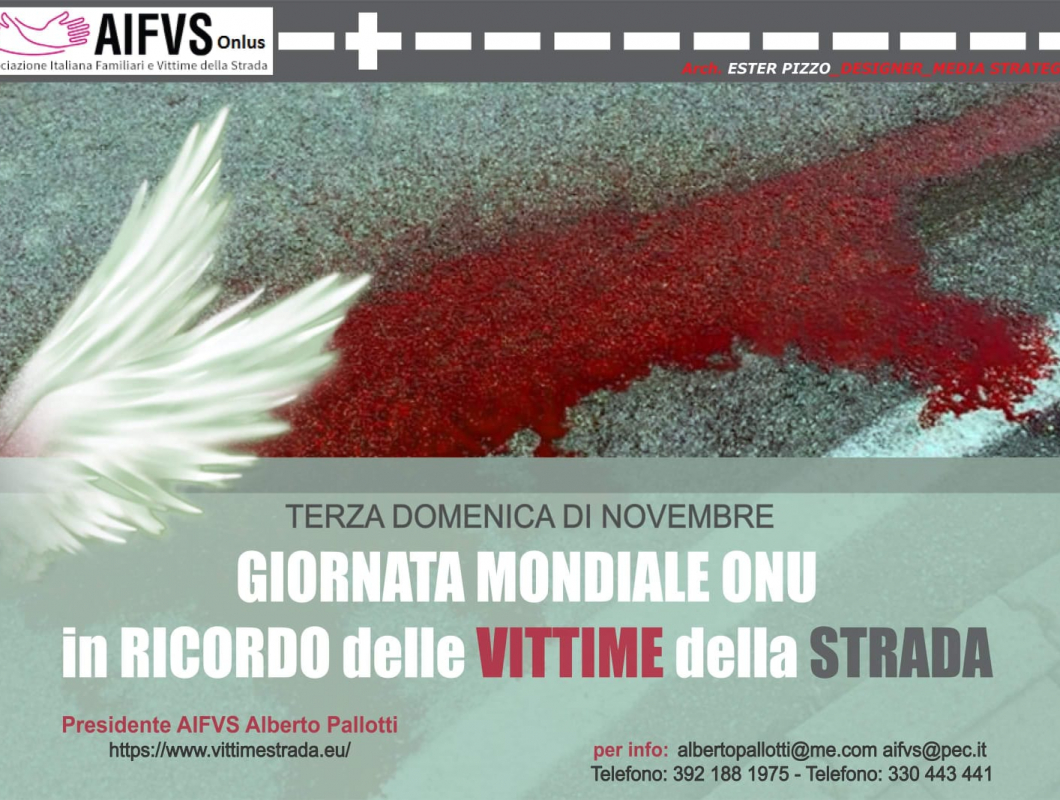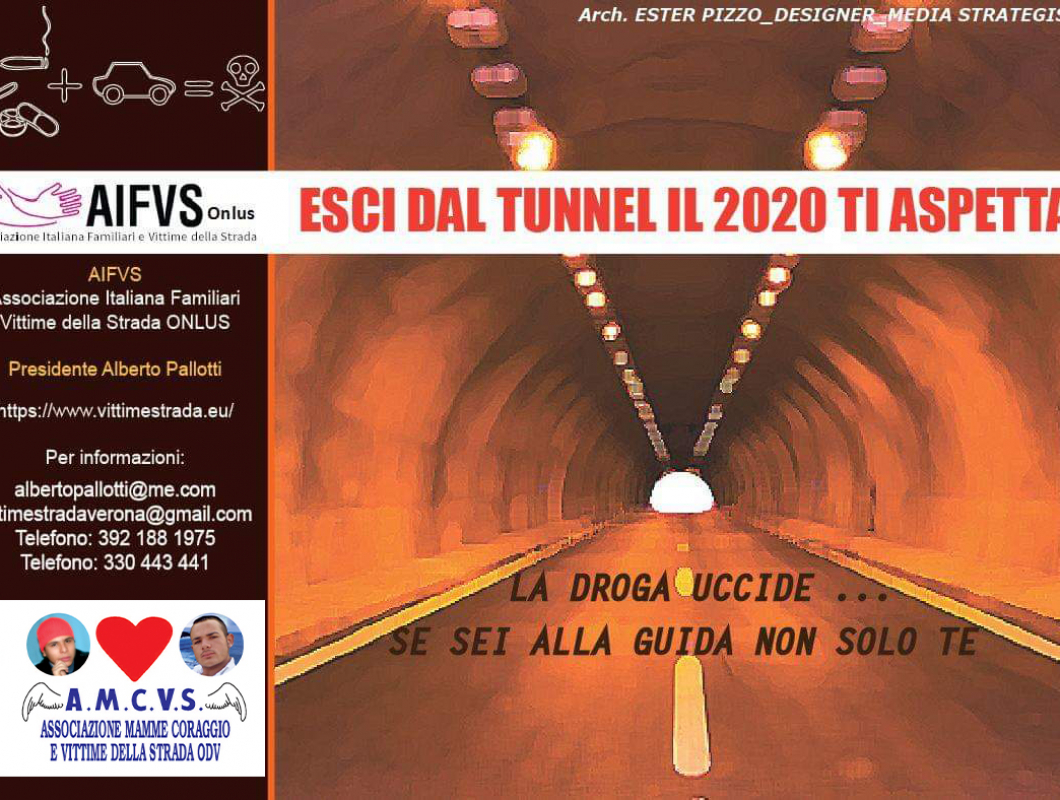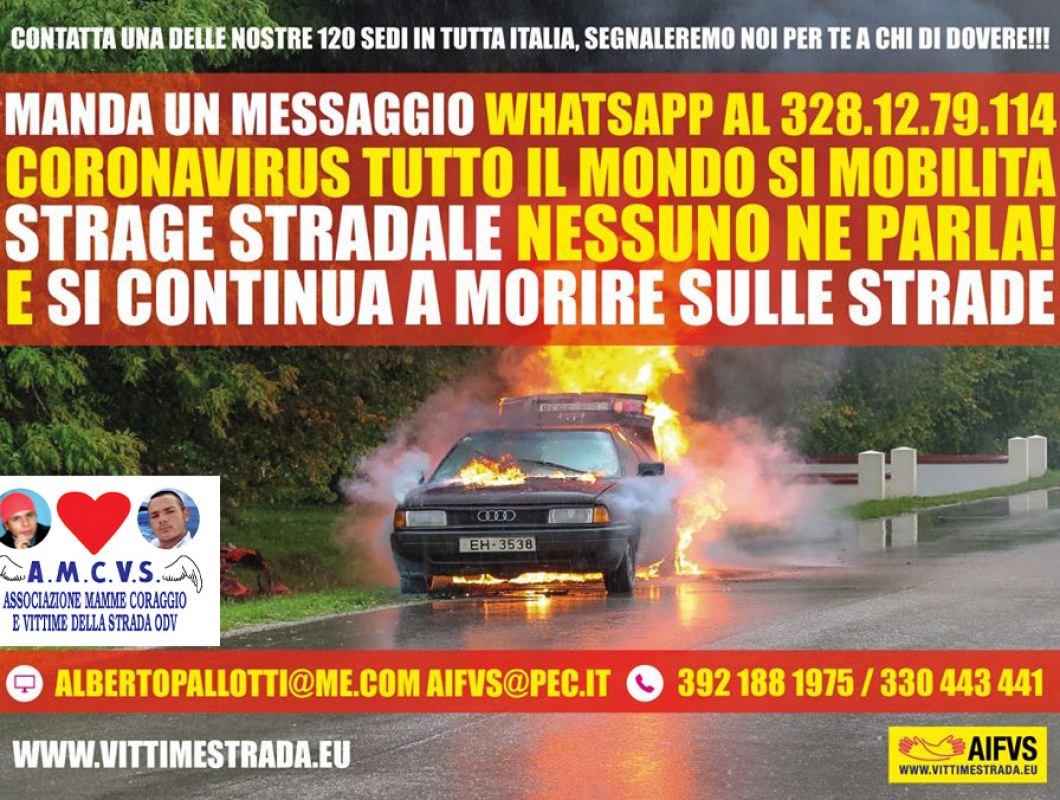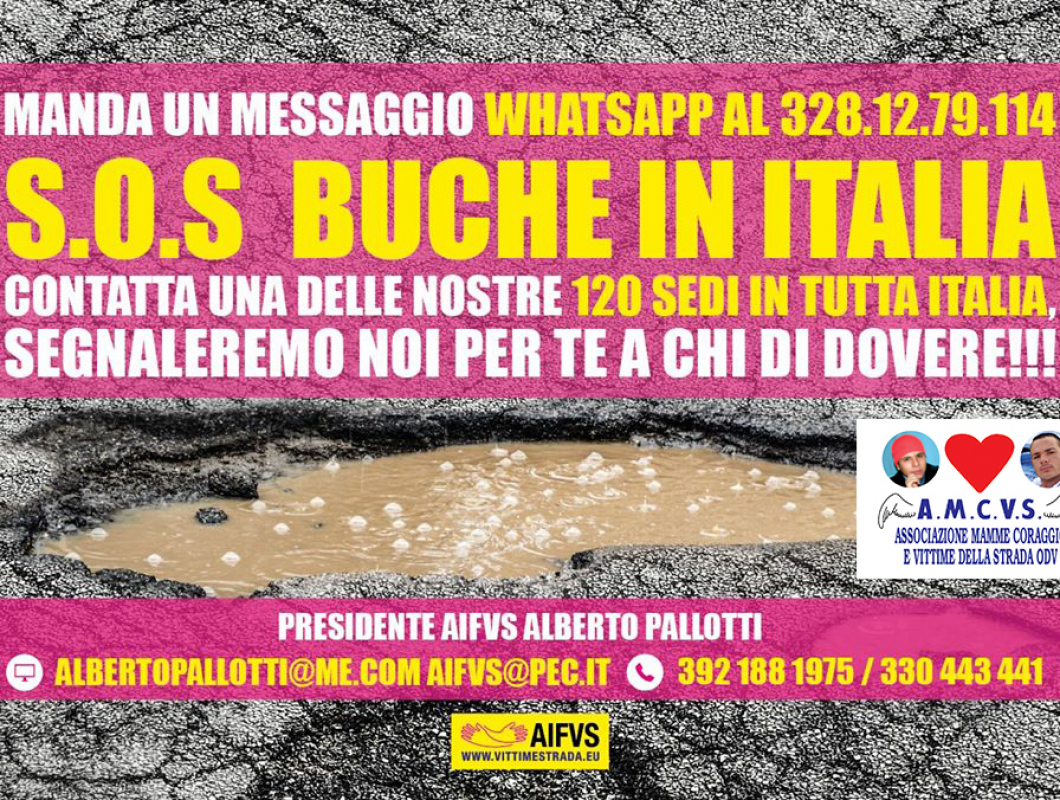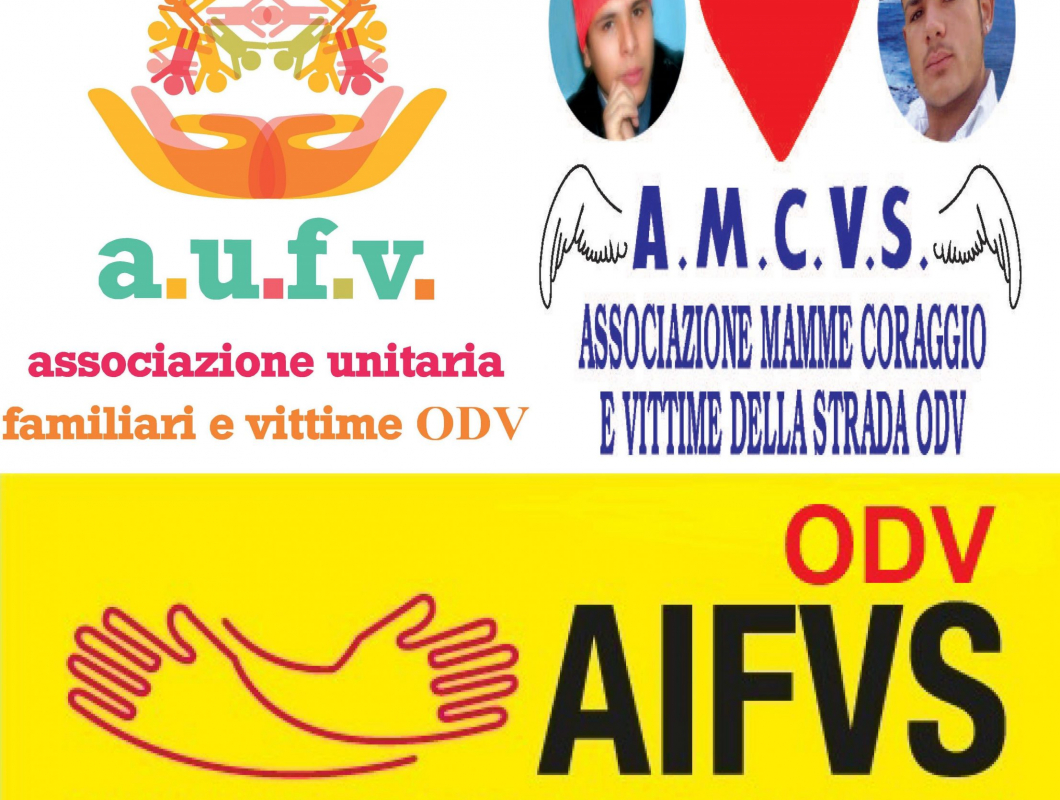Engineering Safety: Road design not always behind highway crashes
On the morning of May 9, a tanker truck attempted to round a curve on the ramp from Interstate 81 north to Route 322 west.
It left its lane of travel, then hit a guide rail and a concrete barrier before flipping on its side and bursting into flames.
The crash caused severe damage to the ramp and overpass, and resulted in the closure of one ramp and the removal of the overpass above it, which carried Route 22 over the interchange.
As Pennsylvania State Police investigated the crash, commuters and other travelers speculated on its cause, including the potential problems with the road design itself.
Earlier this month, the police released the findings of their investigation.
It wasn’t the road design.
Police said the crash occurred as a result of the truck being operated at an excessive speed for the roadway.
There had been problems on that ramp before, said Trooper Robert Hicks, state police public information officer. Information on those crashes led to warning signs being posted on the ramp.
“All of those determinations are made off of past experiences. But when people choose not to adhere to those signs, that’s when crashes happen,” he said.
The crash shows why those involved with transportation planning and traffic enforcement shy away from calling roads as crash-prone as the interstates that crisscross the county’s dangerous roads.
“There’s actually a large proportion (of crashes), at least from the data, that are behavioral,” said Elijah Yearick, of the Tri-County Regional Planning Commission.
But that doesn’t mean work isn’t being done to improve the area’s roads from a planning perspective.
Planning for safety
The Harrisburg Area Transportation Study, which is part of the work of the Tri-County Regional Planning Commission, is in the midst of updating its regional transportation plan. The plan should be ready in 2014, said Diane Myers-Krug, of the Tri-County Regional Planning Commission.
The HATS region covers more than 5,000 roadway miles in 103 municipalities.
The plan, which is updated every four years, looks at what problems should be addressed in the next 25 years, Yearick said.
The plan includes a safety program that looks at overall highway safety as determined by the road’s physical features. Those features include the road’s design, signs, pavement markings, bridges, intersections, roadside objects and operating conditions.
To create the plan’s safety program, the commission brings an array of safety data into one spot, Myers-Krug said. That includes information on the frequency and severity of crashes as well as information from the state’s traffic congestion plan and the commission’s own previous long-range plans.
There are common factors that appear in conjunction with roads and intersections determined to have safety issues.
Increased travel and growth in the area is one such factor that creates more opportunities for drivers to become involved in crashes.
“Congestion is a factor. I think more heavily traveled roads tend to have more traffic so there’s more opportunity to have more safety issues,” Myers-Krug said.
One statistic paints a picture of the congestion some roads face. Twenty-five percent of the roads in the three-county region carry 85 percent of the traffic volume, Yearick said.
The movement of freight through the region is also a concern, so the commission examines areas in which there is higher truck volume and intermodal connections.
HATS works with PennDOT to prioritize safety projects on seven factors. Projects should reduce aggressive driving-related crashes, reduce impaired driving crashes, increase or promote seat belt use, reduce highway departure and intersection crashes, reduce heavy truck-related crashes, improve pedestrian safety and improve mature driver safety.
Solutions incorporate engineering, education, enforcement and emergency response efforts, according to the plan.
The priority list isn’t a permanent fixture. New projects can be added, and others dropped as improvements are made, Myers-Krug said.
Planners know there’s more to the overall picture of road safety in the Midstate.
The data the commission reviews concerns reportable accidents. The local knowledge is that there are more fender-benders that aren’t being reported, Myers-Krug said.
It’s difficult to take these non-reportable accidents into consideration.
“How do you document that? People in that area might avoid that intersection,” Myers-Krug said.
Funding the plans
Transportation planning runs in cycles. The long-range plan is updated every four years and the transportation improvement program is updated every two. That creates a lag time between the creation of the long-range plan and its components appearing on the transportation improvement plan.
“It’s very fluid in terms of what projects can get on there and what occurs, depending on what kind of funding is available,” Myers-Krug said.
She said the commission uses its studies and priority lists to see what funding is available and what could be funded for the next four years.
Once identified, funding projects becomes another challenge. Yearick said they have $42 million per year from the federal government with which to work on the federal roads in the area.
The balancing act that is funding transportation improvements is complicated by the fact that there are different categories to which the money is to be directed. For example, there’s money for safety improvements, congestion alleviation and bicycle or pedestrian paths, Yearick said.
“It’s a juggling act just to determine what’s available and what projects are needed the quickest,” Myers-Krug said.
That means large projects have to be locked in over a number of years, or be able to draw from “various types of money,” Yearick said.
The federal transportation bill passed last year included provisions for an enhanced national highway system that directs funding to “the biggest and the best,” Yearick said.
In the Midstate, that means more money will go to Interstate 81, Interstate 83, Routes 22/322 and a few freight connectors.
“What we’re hearing from the government is that that’s where we’re going to have to spend a greater portion of our money,” Yearick said.
While it is good news to the commission that the state’s transportation bill has been passed, Yearick said it isn’t yet clear how it will be programmed.
Behavior and enforcement
But, as the tanker crash and other crashes throughout the Midstate show, all the planning and funding the commission can muster won’t make a difference if the driver is speeding, distracted or fails to obey traffic laws.
Data in the regional transportation plan shows the majority of crashes result from something under the direct control of the driver. Speeding, for example, accounts for 30 percent of crashes.
Hicks said impaired driving and distracted driving are also major factors. Distracted driving has included cases of texting, putting on make-up, fidgeting with children and reading newspapers or reports.
Aggressive driving, especially on highly-traveled interstates that mix tractor-trailers and cars, is also an issue. Drivers create dangerous situations by weaving in and out of traffic, cutting into lanes and not using turn signals.
Given those factors, Hicks said it was hard to come up with a list of crash-prone roads.
“They can just happen anywhere, at any time,” he said.
With thousands of miles of roads, troopers have a lot of territory to cover as they try to enforce traffic laws.
“It is challenging,” Hicks said. “It’s not realistic or feasible to have a trooper over every mile of every highway in Pennsylvania.”
State police, for example, know where the areas in which people tend to exceed the speed limit so they focus on those areas, he said.
They also receive grants from both federal and state programs that help to get troopers out to enforce vehicle code violations, he said.
“Overall, we do a pretty solid job with what we have out there,” Hicks said.
Email Tammie Gitt at tgitt@cumberlink.com or follow her on Twitter @SentinelGitt




